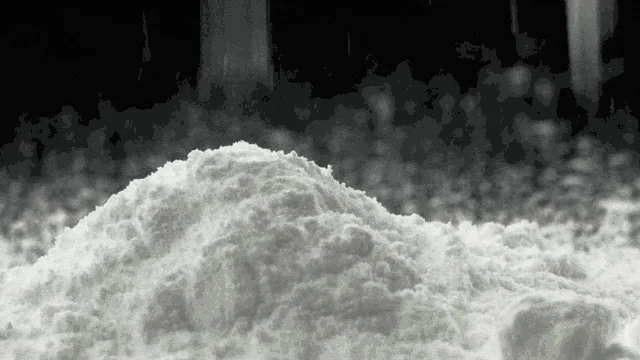High-Density Polyethylene
High-Density Polyethylene (HDPE) is a versatile polymer with various grades designed for specific applications.
HDPE grades differ based on their molecular weight, branching, and processing conditions.
Common applications include:
HDPE Pipe Grade:
Designed for use in pipes and conduits due to its excellent strength, chemical resistance, and durability.
HDPE Film Grade:
Used in packaging films for its good tensile strength and puncture resistance. It’s also employed in agricultural films and geomembranes.

HDPE products, image
Blow Molding Grade:
Ideal for manufacturing bottles, containers, and other hollow products due to its good impact strength and processing characteristics.
Injection Molding Grade:
Suitable for a wide range of injection-molded products such as caps, closures, and containers, benefiting from its stiffness and toughness.
Extrusion Grade:
Used in the extrusion process to create various products like sheets, profiles, and pipes.
Roto molding Grade:
Designed for rotational molding applications, producing large, hollow products like tanks, containers, and playground equipment.
Wire and Cable Grade:
Specifically formulated for insulation and jacketing in electrical cables due to its excellent electrical properties.
Coating Grade:
Applied in coating applications, providing corrosion resistance in pipelines and other structures.
Automotive Grade:
Utilized in automotive components such as fuel tanks, bumpers, and under-the-hood parts due to its impact resistance and chemical stability.
These applications showcase the adaptability of (High-Density Polyethylene), and choosing the appropriate grade ensures the material’s optimal performance in specific end-use scenarios.
Linear & Radical Low-Density Polyethylene:
(LLDPE) and Low-Density Polyethylene (LDPE) are two types of polyethylene with different molecular structures,
resulting in distinct properties and applications.
LLDPE:
Properties:
- Linear molecular structure with short branches.
- Higher tensile strength and puncture resistance compared to LDPE.
- Flexible and transparent.
- Good impact resistance.

Applications:
- Packaging films (e.g., stretch wrap, food packaging).
- Agricultural films (mulching, greenhouse covers).
- Rotational molding for large containers and tanks.
- Pipes and cables insulation.
- Geomembranes for environmental applications.
LDPE:
Properties:
- Branched molecular structure, making it less dense.
- Softer and more flexible compared to LLDPE.
- Good chemical resistance.
- Transparent and easily processable.
Applications:
- Plastic bags and films (grocery bags, shrink wrap).
- Squeeze bottles and containers for liquids.
- Coatings for paper and cardboard.
- Wire and cable insulation.
- Toys and various molded consumer products.
In summary,
LLDPE is often chosen for applications requiring higher strength and puncture resistance,
while LDPE is preferred for its flexibility and transparency,
making it suitable for various packaging and consumer product applications.






